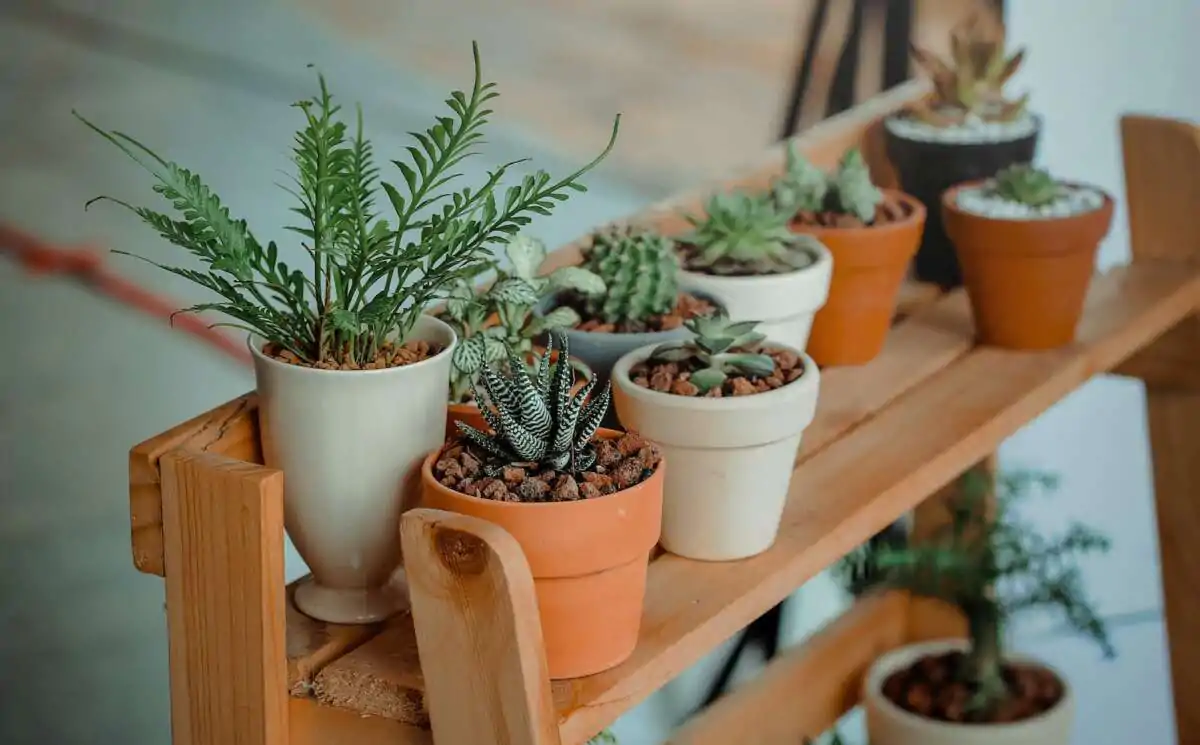Hello, young learners! Welcome back to Basic Science Technology. In our previous lesson, we learned about No previous lesson found.. Today, we’re going to learn about Plants As Living Things.
Objectives
By the end of this lesson, you should be able to:
- Define and list the characteristics of living things.
- Appreciate the importance of living things in the environment.
- Demonstrate understanding by categorizing objects as living or non-living.
Plants As Living Things
Plants are living things, just like animals and humans. They have all the characteristics of living things, which we will explore in this lesson.
What are the Characteristics of Living Things?
There are eight main characteristics that define living things. We can remember them using the acronym MR-NIGER-D:
- Movement: Living things can move, even if it’s just internal movement like the flow of sap in a plant.
- Reproduction: Living things can produce offspring, ensuring the continuation of their species.
- Nutrition: Living things need to obtain and use energy to survive. Plants get their energy through photosynthesis, a process where they use sunlight to make food.
- Irritability: Living things can respond to changes in their environment. For example, plants can turn towards sunlight.
- Growth: Living things increase in size or develop over time.
- Excretion: Living things get rid of waste products.
- Respiration: Living things breathe, taking in oxygen and releasing carbon dioxide.
- Death: All living things eventually die.
Evaluation Questions
Now that you’ve learned about the characteristics of living things, let’s see if you can answer these questions:
- What are the eight characteristics of living things?
- How do plants get their food?
- Give an example of how a plant responds to its environment.
Conclusion
Today, we learned that plants are living things and have all the characteristics of life. Understanding these characteristics helps us appreciate the amazing diversity of life on Earth. Don’t forget to check the comments section if you have any questions, and use the navigation to move to the next lesson. See you in the next lesson!









